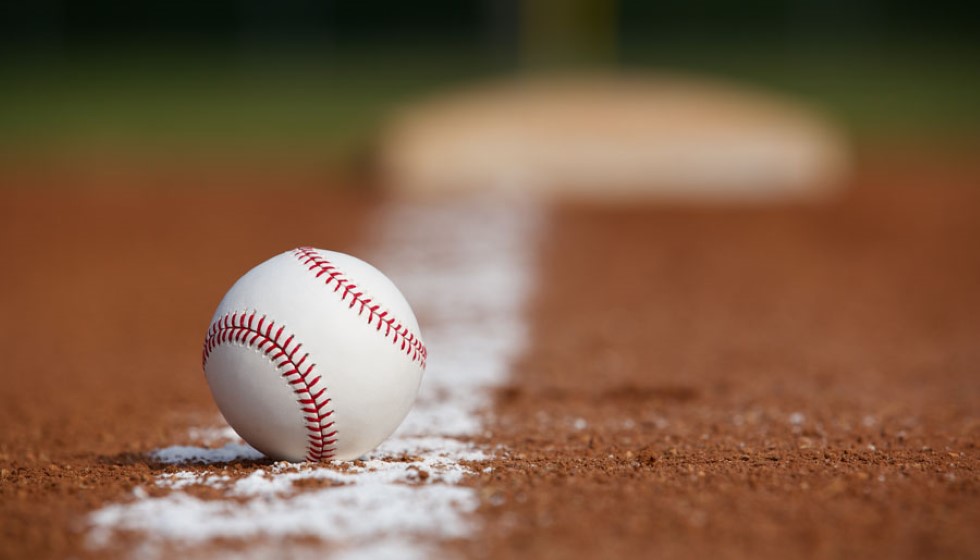
The Evolution of Baseball: Automated Strike Zones on the Horizon
Major League Baseball is on the cusp of a technological revolution. In May, MLB commissioner Rob Manfred hinted at the eventual integration of the automated strike zone system, commonly referred to as ABS. With rigorous testing slated for spring training and a potential 2025 debut, ABS is set to reshape how the game is played and officiated.
ABS in the Minors and Beyond
As it stands, certain minor league levels, including Triple-A, have already seen the ABS system in action. The Korea Baseball Organization (KBO) has also adopted the automated system this season, with noticeable results. The KBO's On-base Plus Slugging (OPS) rose from .712 last year to .766 following ABS's implementation, indicating a significant impact on the game.
ABS technology boasts unparalleled accuracy, measuring to within a hundredth of an inch. This precision promises to eliminate human error in calling balls and strikes, contributing to fairer play. The testing phase has revealed some initial hiccups, such as increases in strikeout and walk rates in the minor leagues. However, after fine-tuning the strike zone, these metrics eventually stabilized.
A System Driven by Player Feedback
Rob Manfred stressed the importance of player input in the deployment of ABS. "We have listened – me, in particular, and I've carried a lot of this water with the owners – to player input on how they want to see it rolled out. Our focus, obviously, the second half of this year is on the challenge system, and that is almost 100% based on player feedback," he noted. This collaborative approach aims to ensure the transition to ABS is as seamless and effective as possible.
The proposed challenge system adds a new strategic layer to the game, allowing each team to appeal pitches to the automated ball-strike system. This element of the system will be capped at three challenges per game, requiring teams to use their opportunities wisely.
Insight from the Commissioner
Manfred's insights offer a glimpse into the thorough and careful planning behind ABS. "One thing we learned with the changes last year is, a little more time is better than not enough time. Just in terms of making sure when you bring something to the big leagues, you've got to make sure you got it right," he shared. This patience and precision reflect MLB’s commitment to enhancing the game while respecting its traditions.
The Road Ahead
For the 2023 season, several current major league players will experience ABS either during their time in the minors or while on rehab assignments. This exposure will provide valuable feedback and insights, further informing the system's refinement before its major league debut.
"We have made material progress; the technology is good to 100th of an inch; the technology in terms of the path of the ball is pluperfect, number one," Manfred emphasized. This confidence in the technology underpins the league's strategy to embrace innovation while maintaining the game's integrity.
The integration of ABS into Major League Baseball signifies a monumental shift towards technology-enhanced officiating. While purists may have reservations, the data and initial test results promise a more accurate and dynamic game. As MLB prepares for this next chapter, the collaboration between players, technology experts, and league officials underscores a unified vision for the future of baseball.